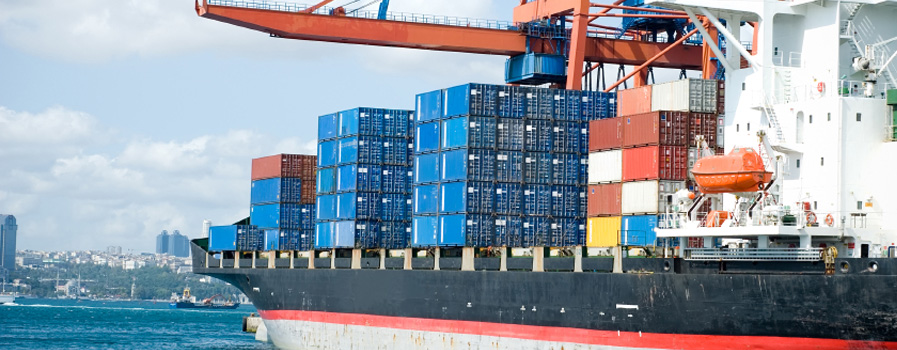
The Freight Transportation Services Index is usually abbreviated as TSI. It’s just a measure of the volume of services that are performed by the transportation sector. It includes both freight and passenger carriers. Performance by the transportation sector includes just about every means of travel, including air, rail, transit, pipeline and water. It does not include the USPS or companies like UPS and FedEx. By watching the way the TSI varies over time, analysts are able to understand changes that can affect the economy. Also, they can see the changes the economy that alter the transportation services.
1. You Can See the Changing Economy
Because the Department of Transportation updates the information monthly, the TSI is a great indicator of the health of the economy. As a business owner, you know what your bottom line looks like. You can compare the health of your business with that of the economy, and the TSI is one tool that allows you to do so. A graph created by the DOT shows how the three parts of the TSI have changed over the years since 2000.
The Passenger, Freight and Combined sectors make up the TSI’s three portions. Each of the sectors can increase and decrease independently of the others. They are all tracked individually. Societal factors, such as the attacks of 9/11, clearly coincide with the way the Index scores for that timeframe. Economic issues, including the huge upheaval beginning in 2007 are also clearly visible.
2. You Can Save Money on Freight Costs
As a business owner, you know that sales can be seasonal; there are times that certain items sell faster than others. Trends in both passenger travel and freight shipping necessitate the seasonal adjustment of the TSI. Freight shipping increases near the end of the year to make sure products are where they should be prior to the year’s end. If businesses can plan ahead and ship before the demand increases, they can save money. You can always use freight calculators to estimate shipping costs for your business; avoiding the times that demand increases for shipping will save money for your business.
3. You Can Save Money on Passenger Travel
Does your business need to have employees traveling by rail, plane, or transit? If so, you can capitalize on the information you can see in the TSI. As you watch the data, note that it is seasonally adjusted; seasons affect passenger travel very deeply.
The companies that profit from passenger travel know when the demand for that kind of travel increases. They look at other factors like crude oil costs and the overall strength of the economy, as well. They also are very aware of what has occurred on the TSI in the past. As the demand for travel increases, so do the ticket prices.
Consult the TSI; if an employee must travel during times that have been traditionally high demand, make sure the ticket is purchased far in advance to save as much as possible. If possible, change travel plans to a time that is usually less demanding for passenger travel. Just remember, lower demand will bring lower ticket prices.
Originally posted on April 11, 2015 @ 3:05 pm